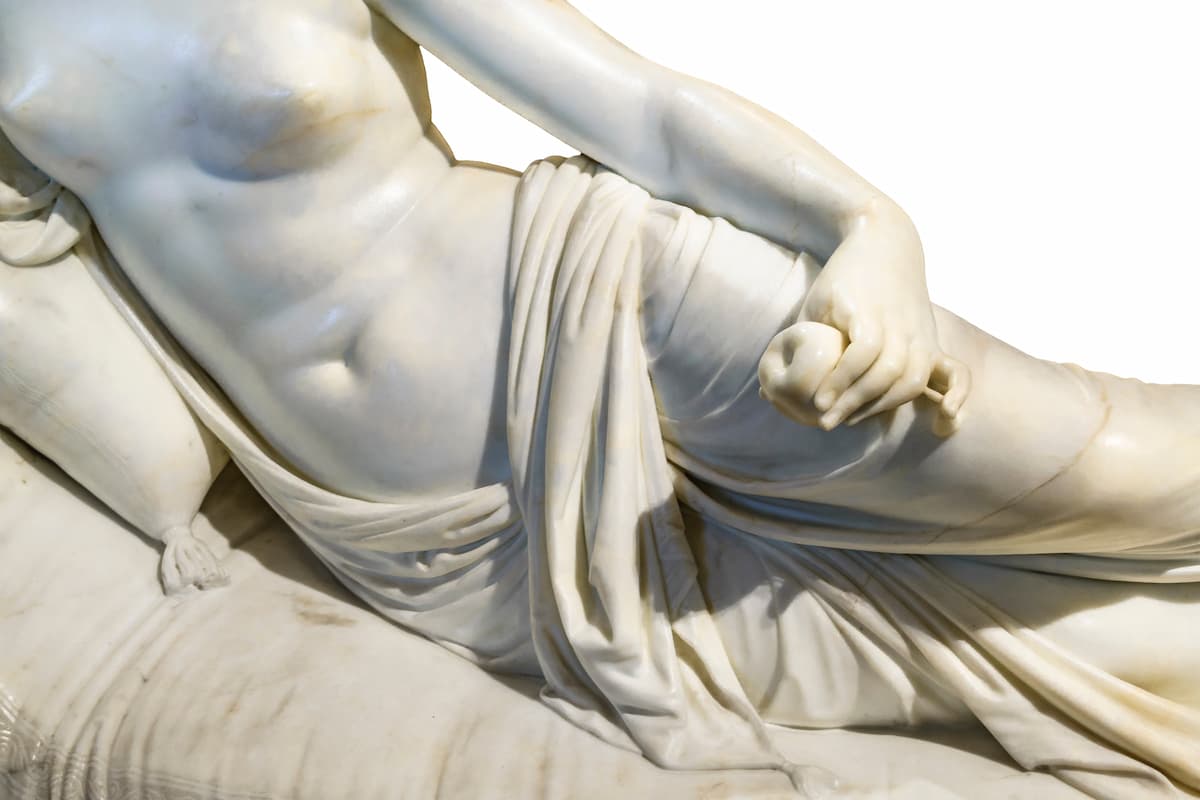
If you’re considering a Mummy Makeover, it’s important to understand exactly what to expect.
In this blog, we’ll talk a bit about the procedures you can have as part of the operation and what to expect from the recovery period. Before scheduling your surgery, it’s important to discuss your expectations with a trained surgeon such as Dr. Sophie Ricketts.
After pregnancy, childbirth, and breastfeeding, many women notice significant changes in their bodies. The rigours of pregnancy, followed by the physical challenges of either giving birth or undergoing an invasive cesarean section, coupled with all the activity and adjustment of the ‘fourth trimester’ can result in many women feeling drained, exhausted, and disconnected from their bodies. A ‘Mummy Makeover’ enables women to reclaim their bodies and restore their confidence after pregnancy and childbirth.
What Procedures Are Performed in a Mummy Makeover?
Mummy Makeovers are a series of procedures that reshape a woman’s body after pregnancy and childbirth. This combination of surgical and non-surgical procedures can tighten and firm the body to help the patient achieve a smoother, toned body. Typical procedures include abdominoplasty (tummy tuck) and breast augmentation, breast lift or reduction.
Following Mummy Makeover surgery, you can expect your stomach to look tighter and flatter, and your breasts ‘perkier.’ Depending on the other procedures you have as part of your Mummy Makeover, you may also see a reduction in visible stretch marks and notice slimmer contours in other areas of your body.
What Can I Expect While Recovering from Mummy Makeover Surgery?
Patients can expect swelling and bruising to increase over the first two weeks after a Mummy Makeover. This is normal and will slowly fade as time goes on. You will be required to wear compression garments for a period after your surgery to aid in reducing swelling.
The full recovery time for a Mummy Makeover can be up to 6 weeks, depending on the specific procedures involved. You should take it easy for a week or 2 after your surgery. Generally, patients cannot exercise heavily for six weeks after undergoing the surgery and should be careful lifting objects weighing more than 2.5 kilograms during this period. Light activity such as walking can commence as early as around 2 weeks after surgery. Patients should consult with Dr. Ricketts before engaging in any strenuous physical activity. After six weeks, patients can return to a more active lifestyle.
The patient must have support from their partner or other family members at home during recovery – getting over major surgery while caring for small children isn’t ideal for a smooth and comfortable healing process. Patients should ideally take at least two weeks off from work to rest and recuperate and consult with Dr. Ricketts before restarting any physical activities.
What are the Costs of a Mummy Makeover?
The costs of a Mummy Makeover can range enormously, depending on the procedures you choose. Consultations with Dr. Ricketts will help you determine how many treatments and surgical procedures are needed and what the costs involved will be. Important to note is that you’ll also need to consider the cost of hospital facilities and follow-up visits.
Most cosmetic procedures are not covered by health funds or Medicare. If you choose to do your surgery with Dr. Ricketts, you’ll receive an upfront quote for the cost of your Mummy Makeover, as well as consultation and a thorough explanation of the procedures you select. There are some rebates for circumstances such as where there is significant separation of stomach muscles or if a breast reduction is necessary. These rebates help enormously with hospital and theatre costs and will be discussed at your consultation.
How Can We Help?
Dr. Sophie Ricketts states that she derives “great satisfaction from assisting patients to achieve the best version of themselves and also offers a highly qualified service in breast and body surgery.” If you’ve been feeling unhappy in your skin or no longer recognize yourself in the mirror, Dr. Ricketts can help you reclaim your self-confidence and sense of self.
For more information on the procedures offered by Dr. Sophie Ricketts, please have a look here.
To arrange a consultation, please call (03) 9828 1307, or contact us here.

